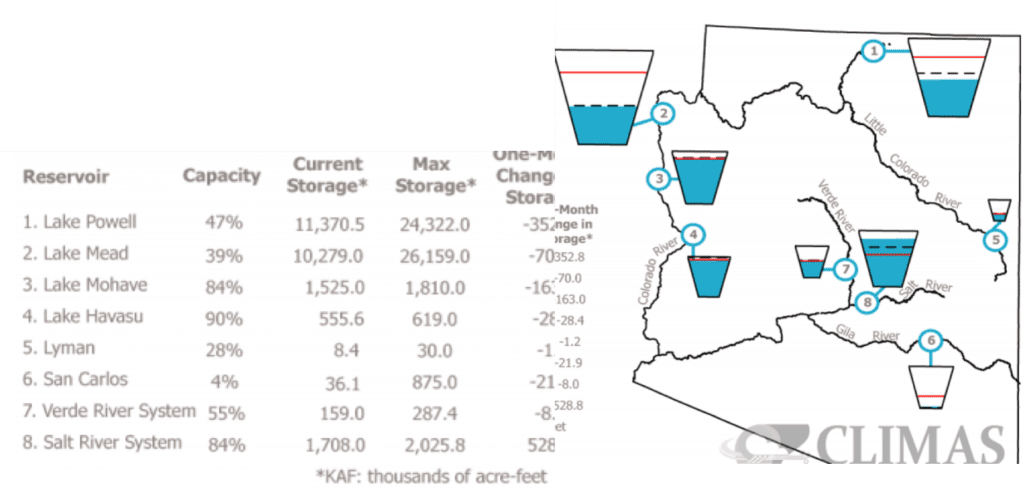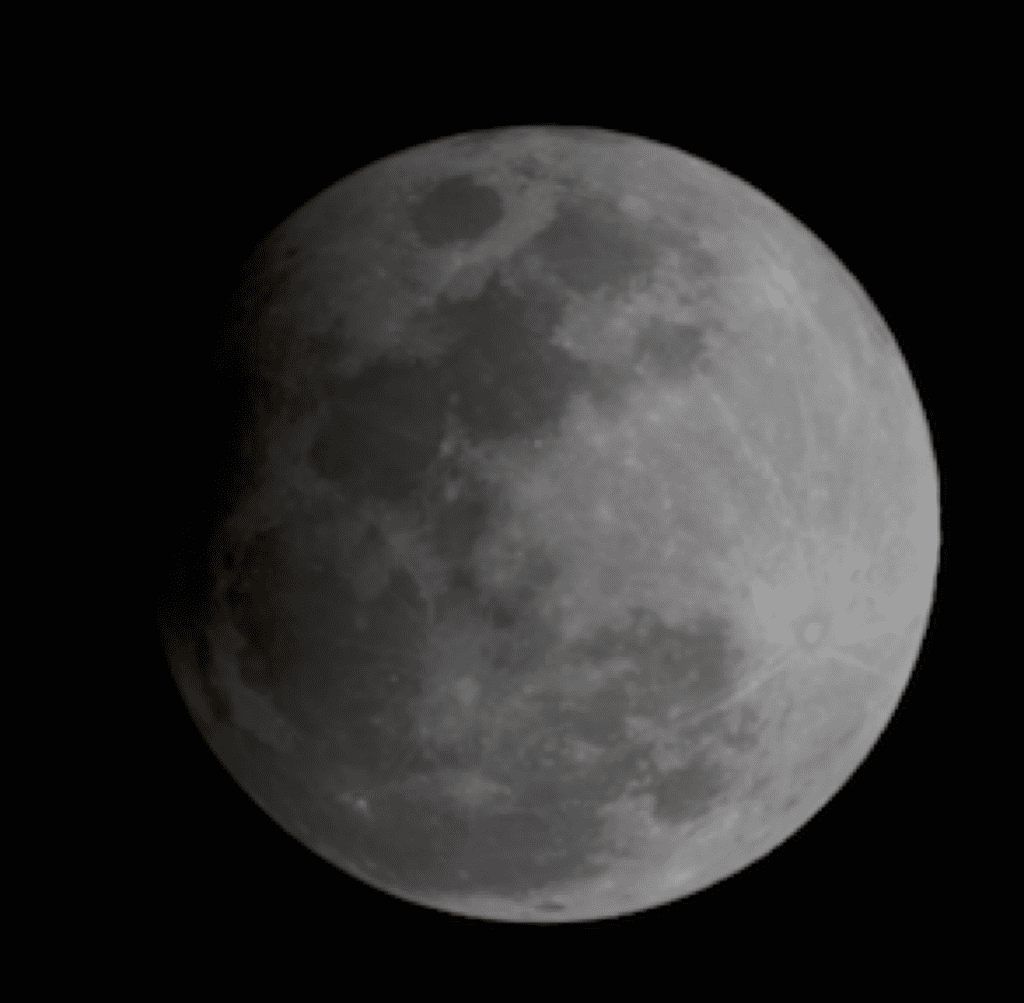Daniel Salzler No. 1075
EnviroInsight.org 3 Items November 6, 2020
Feel Free To Pass This Along To Others
If your watershed is doing something you would like others to know about, or you know of something others can benefit from, let me know and I will place it in this Information newsletter.
If you want to be removed from the distribution list, please let me know. Please note that all meetings listed are open.
Enhance your viewing by downloading the pdf file to view photos, etc. The
attached is all about improving life in the watershed.
This is already posted at the EnviroInsight.org site
1. Climas Review
Monthly Precipitation and Temperature: September precipitation ranged between record driest and below average


Precipitation
September temperatures were above average to record warmest in Arizona


Monsoon 2020


The summer was the record driest and below average in most of Arizona. September temperatures were above average to record warmest in Arizona.. The daily average temperature anomalies for Sept. 1 – Oct. 14 highlight the fluctuations at select stations around the region.
Monsoon Precipitation: Monsoon precipitation (June-July-August-September) was record driest to much below normal (bottom 10%) across Arizona.
Water Supply: Water year precipitation (Oct 2019 – Sept 2020) was near normal to above normal in parts of southwestern Arizona. Many of the reservoirs in the region are at or below the values recorded at this time last year. Most are below their long-term average.

2. Discovered On Sunlite Part Of The Moon. Water has been discovered on the sunlit surface of the moon, NASA announced Monday, an important revelation that indicates water may be distributed across the lunar surface – and not just limited to its cold, shadowed places such as the poles.
This is good news for astronauts at future lunar bases who could tap into these resources for drinking and rocket fuel production.
“We had indications that H2O – the familiar water we know – might be present on the sunlit side of the moon,” Paul Hertz, director of the astrophysics division in the science mission directorate at NASA headquarters in Washington, said in a statement. “Now we know it is there. This discovery challenges our understanding of the lunar surface and raises intriguing questions about resources relevant for deep space exploration.”

Water is a precious resource in deep space and a key ingredient of life as we know it. Whether water on the moon is easily accessible for use as a resource remains to be determined, NASA said.
“We don’t know yet if we can use it as a resource, but learning about water on the moon is key for our Artemis exploration plans,” NASA tweeted.
The Artemis program is a plan to send the first woman and next man to the lunar surface in 2024.
“If we can use the resources at the moon, then we can carry less water and more equipment to help enable new scientific discoveries,” said Jacob Bleacher, chief exploration scientist for NASA’s human exploration and operations mission directorate.
The discovery was made by NASA’s Stratospheric Observatory for Infrared Astronomy (SOFIA), which analyzes the atmospheres of distant planets and moons.
Dubbed the world’s largest airborne observatory, SOFIA is a modified 747 that flies high in the Earth’s atmosphere to provide its nearly 9-foot telescope with a clear view of the universe and objects in our solar system, NASA said.
Flying above 99% of our atmosphere’s obscuring water vapor, SOFIA observes in infrared wavelengths and can detect phenomena impossible to see with visible light.
Scientists believe water on the moon came from comets, asteroids, interplanetary dust, the solar wind or even lunar volcanic eruptions. They will have a better idea of the sources “if we can get down on the surface and analyze samples of the ice,” the University of Colorado’s Paul Hayne said.
The lead researcher, Casey Honniball, a postdoctoral fellow at NASA’s Goddard Space Flight Center, said at a news conference that she wanted to make it clear the SOFIA study had not found puddles on the moon. Rather, the identified hydrogen and oxygen molecules are so far apart they are neither in liquid or solid form, she said.
The findings were published Monday in a pair of studies in the journal Nature Astronomy. Contributing: The Associated Press.
3. Veterans Day. Veterans Day is a U.S. legal holiday dedicated to American veterans of all wars, and Veterans Day 2020 occurs on Wednesday, November 11. In 1918, on the 11th hour of the 11th day of the 11th month, an armistice, or temporary cessation of hostilities, was declared between the Allied nations and Germany in World War I, then known as “the Great War.”
Commemorated in many countries as Armistice Day the following year, November 11th became a federal holiday in the United States in 1938. In the aftermath of World War II and the Korean War, Armistice Day became known as Veterans Day.
The Treaty of Versailles was signed on June 28, 1919, marking the official end of World War I. Nonetheless, the armistice date of November 11, 1918, remained in the public imagination as the date that marked the end of the conflict.
One year later, in November 1919, U.S. President Woodrow Wilsonproclaimed November 11 as the first commemoration of Armistice Day. The day’s observation included parades and public gatherings, as well as a brief pause in business and school activities at 11 a.m.
On November 11, 1921, an unidentified American soldier killed in the war was buried at Arlington National Cemetery near Washington, D.C. On the same day the previous year, unidentified soldiers were laid to rest at Westminster Abbey in London and at the Arc de Triomphe in Paris.
In 1954, after lobbying efforts by veterans’ service organizations, the 83rd U.S. Congress amended the 1938 act that had made Armistice Day a holiday, striking the word “Armistice” in favor of “Veterans.” President Dwight D. Eisenhower signed the legislation on June 1, 1954. From then on, November 11 became a day to honor American veterans of all wars.
The next development in the story of Veterans Day unfolded in 1968, when Congress passed the Uniform Monday Holiday Act, which sought to ensure three-day weekends for federal employees—and encourage tourism and travel—by celebrating four national holidays (Washington’s Birthday, Memorial Day, Veterans Day and Columbus Day) on Mondays.
EnviroInsight.org 2020
